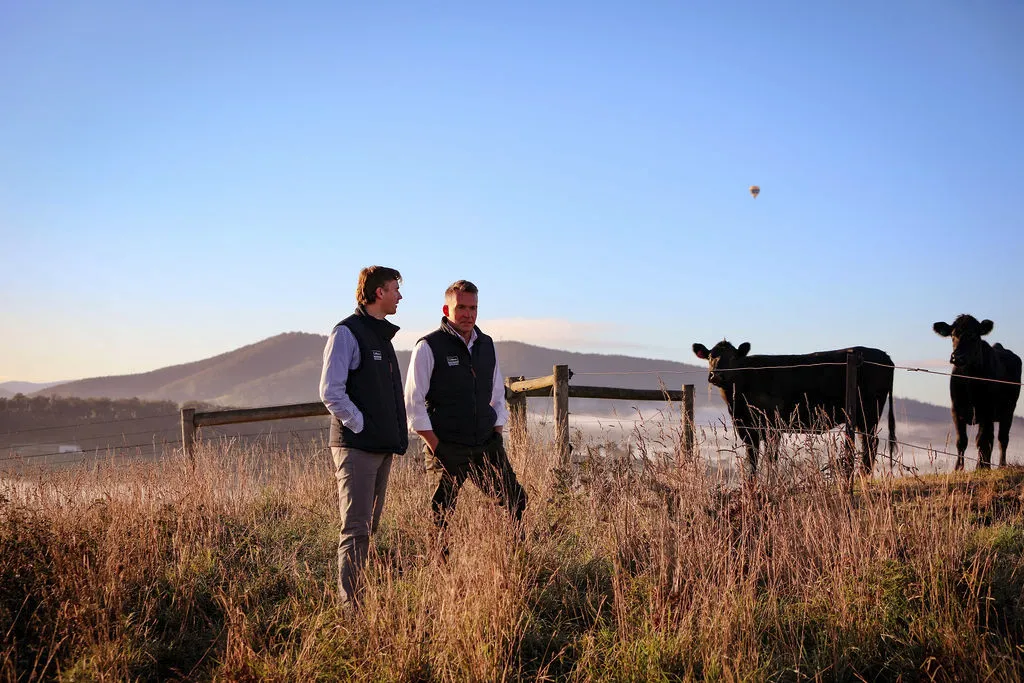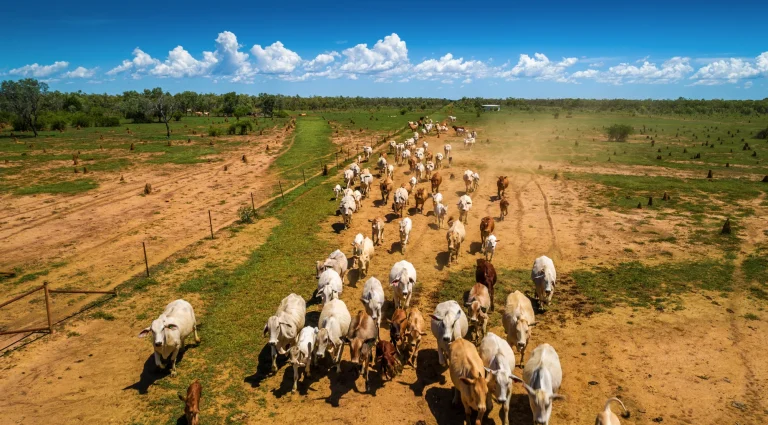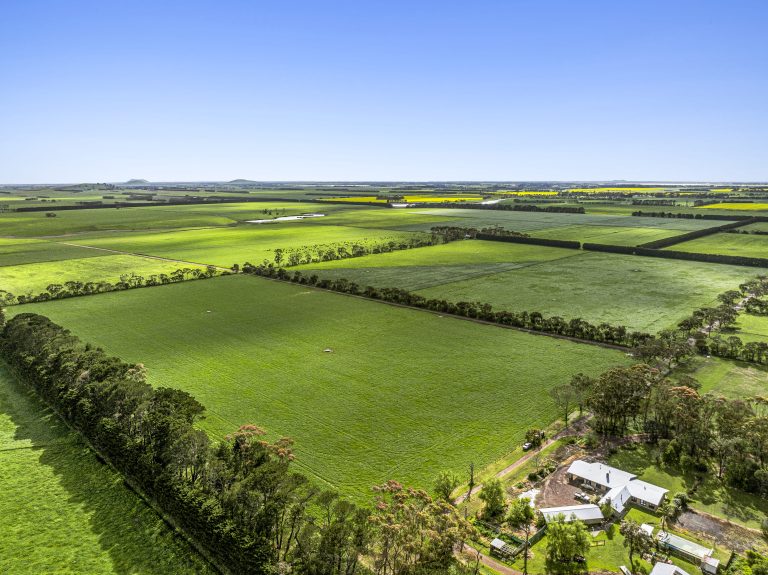Strategic Approaches to Acquiring Livestock Properties: Expert Guide for Agricultural Investors
Acquiring livestock properties represents one of the most complex yet rewarding investment opportunities in the agricultural sector. Whether you’re considering cattle stations, sheep farms, or mixed livestock operations, understanding strategic approaches to acquiring livestock properties can mean the difference between a successful long-term investment and a costly mistake. At Agribusiness Horizons, we guide investors through every aspect of livestock property acquisition, from initial market analysis to post-purchase operational optimization.
The livestock property market demands specialized knowledge that goes far beyond traditional real estate transactions. These properties require careful evaluation of carrying capacity, water resources, infrastructure quality, and operational efficiency. Our team helps investors navigate these complexities while identifying opportunities that align with their investment objectives and risk tolerance. Contact us today to discuss how we can support your livestock property acquisition strategy.
The Current Livestock Property Investment Landscape
The Australian livestock property market has experienced significant transformation in recent years, driven by technological advancement, climate considerations, and evolving consumer demands. Modern livestock operations increasingly focus on sustainable practices, animal welfare standards, and operational efficiency through technology integration.
International investment interest in Australian livestock properties continues to strengthen, particularly from investors seeking stable returns and portfolio diversification. The sector benefits from Australia’s reputation for high-quality livestock production and strong biosecurity measures. These factors create a competitive environment where strategic approaches to acquiring livestock properties become essential for success.
Government policies supporting agricultural development, including infrastructure investment and research initiatives, further enhance the attractiveness of livestock property investments. Understanding these broader market dynamics forms the foundation of any successful acquisition strategy.
Key Considerations for Livestock Property Acquisition
Property Assessment and Due Diligence
Successful livestock property acquisition begins with comprehensive property assessment. This process involves evaluating multiple factors that directly impact operational viability and investment returns. Soil quality assessment determines the property’s capacity to support pasture growth and livestock nutrition requirements. Water resource evaluation includes examining bore capacity, dam infrastructure, and seasonal water availability.
Infrastructure assessment covers livestock handling facilities, fencing quality, storage buildings, and residential accommodations. Modern livestock operations require efficient handling systems that minimize stress on animals while maximizing operational efficiency. The condition and design of these facilities significantly impact both operational costs and potential upgrade requirements.
Climate and seasonal patterns play crucial roles in livestock property performance. Understanding rainfall patterns, drought frequency, and seasonal variations helps investors assess carrying capacity and operational risks. Properties with diverse climate zones or reliable water sources often command premium valuations due to their operational flexibility.
Financial Analysis and Investment Modeling
Developing robust financial models for livestock property investments requires specialized expertise in agricultural economics. Cash flow projections must account for livestock cycles, commodity price volatility, and operational seasonality. Successful investors analyze multiple scenarios including favorable and challenging market conditions.
Carrying capacity calculations determine the number of livestock units a property can sustainably support. This analysis considers pasture quality, water availability, and supplementary feeding requirements. Properties with higher carrying capacity per hectare typically offer better investment returns, though acquisition costs may reflect this advantage.
Operational cost analysis includes labor requirements, veterinary expenses, feed costs, and infrastructure maintenance. Understanding these ongoing expenses helps investors evaluate the true profitability of potential acquisitions. Properties with efficient operational systems often provide better long-term returns despite higher acquisition costs.
Market Timing and Acquisition Strategy
Strategic timing significantly influences livestock property acquisition success. Market cycles affect both property values and livestock prices, creating opportunities for astute investors. Understanding these cycles helps identify optimal acquisition windows and avoid purchasing at market peaks.
Seasonal considerations impact both property availability and pricing. Some sellers prefer marketing properties during specific seasons when livestock and pasture conditions showcase the property’s potential. Strategic buyers often identify off-season opportunities when competition may be reduced.
Financing strategies for livestock property acquisition require careful consideration of cash flow patterns and seasonal variations. Lenders familiar with agricultural operations understand these dynamics and offer financing structures that align with operational cash flows. Working with specialized agricultural lenders often provides more favorable terms and greater flexibility.
Strategic Approaches to Property Identification and Evaluation
Off-Market Opportunities
Many premium livestock properties never reach public marketing, creating opportunities for well-connected investors. Building relationships with industry professionals, including agricultural advisors, veterinarians, and local livestock agents, provides access to off-market opportunities. These properties often offer better value as sellers avoid marketing costs and lengthy sales processes.
Succession planning challenges create significant opportunities in the livestock property market. Many family-owned operations face generational transitions without clear succession plans. Proactive investors who understand these dynamics can identify properties before they reach the broader market.
Corporate divestment strategies also create acquisition opportunities. Companies restructuring their agricultural portfolios may offer properties at attractive valuations to achieve quick sales. Understanding corporate motivations helps investors position themselves advantageously in these transactions.
Technology Integration Assessment
Modern livestock operations increasingly rely on technology for operational efficiency and animal welfare management. Properties with existing technology infrastructure offer immediate operational advantages and reduced setup costs. Evaluating technology systems includes assessing livestock monitoring systems, automated feeding equipment, and data management platforms.
Precision agriculture technologies enhance pasture management and livestock nutrition optimization. Properties equipped with soil monitoring systems, GPS-guided equipment, and pasture management software often achieve higher productivity and profitability. These technological advantages justify premium acquisition prices for forward-thinking investors.
Water management technology significantly impacts operational efficiency and drought resilience. Automated watering systems, remote monitoring capabilities, and efficient distribution networks reduce labor requirements while ensuring consistent livestock access to water. Properties with advanced water management systems often command premium valuations.
Operational Efficiency Evaluation
Livestock handling efficiency directly impacts operational costs and animal welfare outcomes. Properties with well-designed handling facilities enable efficient livestock management while minimizing stress on animals. Modern handling systems incorporate animal behavior principles to improve efficiency and safety.
Pasture management systems determine long-term sustainability and carrying capacity. Properties with rotational grazing systems, pasture improvement programs, and soil health management practices often achieve superior performance. These management practices indicate responsible stewardship and operational sophistication.
Labor efficiency considerations include housing quality, equipment availability, and operational systems. Properties with efficient labor management systems reduce ongoing operational costs while improving working conditions. Well-designed operations attract and retain quality staff, contributing to long-term success.
Livestock Property Acquisition Comparison
| Acquisition Factor | Cattle Stations | Sheep Operations | Mixed Livestock | Intensive Operations |
|---|---|---|---|---|
| Capital Requirements | Premium investment | Moderate investment | Balanced investment | High-intensity investment |
| Management Complexity | Moderate oversight | Detailed management | Diverse expertise | Specialized knowledge |
| Infrastructure Needs | Basic facilities | Specialized equipment | Flexible systems | Advanced technology |
| Market Volatility | Commodity exposure | Wool/meat cycles | Diversified risk | Niche market focus |
| Operational Seasonality | Seasonal patterns | Breeding cycles | Multiple cycles | Year-round operations |
| Labor Requirements | Moderate staffing | Skilled operators | Diverse skills | Specialized teams |
How Agribusiness Horizons Supports Livestock Property Acquisition
At Agribusiness Horizons, we understand that strategic approaches to acquiring livestock properties require specialized expertise across multiple disciplines. Our team combines deep agricultural knowledge with financial analysis capabilities to guide investors through every aspect of livestock property acquisition.
Our comprehensive due diligence process evaluates all aspects of potential acquisitions, from soil quality and water resources to operational efficiency and market positioning. We work closely with agronomic specialists, veterinarians, and operational experts to provide complete property assessments. This thorough approach helps investors understand both opportunities and risks before making acquisition decisions.
We maintain extensive networks within the livestock industry, providing access to off-market opportunities and emerging investment possibilities. Our relationships with family operations, corporate sellers, and industry professionals create opportunities for our clients that may not be available through traditional marketing channels. This network advantage often enables our clients to acquire premium properties at favorable terms.
Our financial modeling capabilities help investors evaluate complex livestock property investments with confidence. We develop comprehensive cash flow projections that account for livestock cycles, commodity price volatility, and operational seasonality. These detailed financial analyses enable informed decision-making and support financing applications with agricultural lenders.
Post-acquisition support ensures successful transition and operational optimization. We coordinate with operational managers, assist with staff transitions, and provide ongoing strategic advice to maximize investment returns. Our commitment to client success extends well beyond the acquisition transaction.
Future Trends in Livestock Property Investment
The livestock property sector continues evolving with technological advancement and changing consumer preferences. Sustainable production practices increasingly influence property values as consumers demand environmentally responsible livestock products. Properties with established sustainability credentials often command premium valuations and attract quality tenants.
Carbon sequestration opportunities create additional revenue streams for livestock properties. Well-managed grazing systems can generate significant carbon credits while maintaining livestock production. Understanding these opportunities helps investors identify properties with multiple revenue potential.
Regenerative agriculture practices gain traction across the livestock sector. Properties implementing regenerative grazing systems often achieve improved soil health, enhanced biodiversity, and increased carrying capacity. These practices represent long-term value creation opportunities for strategic investors.
Automation and remote monitoring technologies continue advancing, enabling more efficient livestock management with reduced labor requirements. Properties positioned to adopt these technologies offer competitive advantages and improved operational efficiency. Forward-thinking investors consider technology adoption potential when evaluating acquisition opportunities.
Conclusion
Strategic approaches to acquiring livestock properties require comprehensive understanding of agricultural markets, operational complexities, and investment dynamics. Success depends on thorough due diligence, appropriate timing, and ongoing operational optimization. The livestock property sector offers compelling investment opportunities for those who approach acquisitions with proper expertise and strategic thinking.
As you consider livestock property investments, what factors will be most important in your acquisition strategy? How will you balance operational complexity with investment returns? What role will technology play in your operational efficiency goals?
The livestock property market rewards strategic thinking and professional guidance. Contact Agribusiness Horizons today to discuss how our expertise can support your livestock property acquisition objectives. Our team stands ready to help you navigate the complexities of livestock property investment and achieve your agricultural investment goals.



